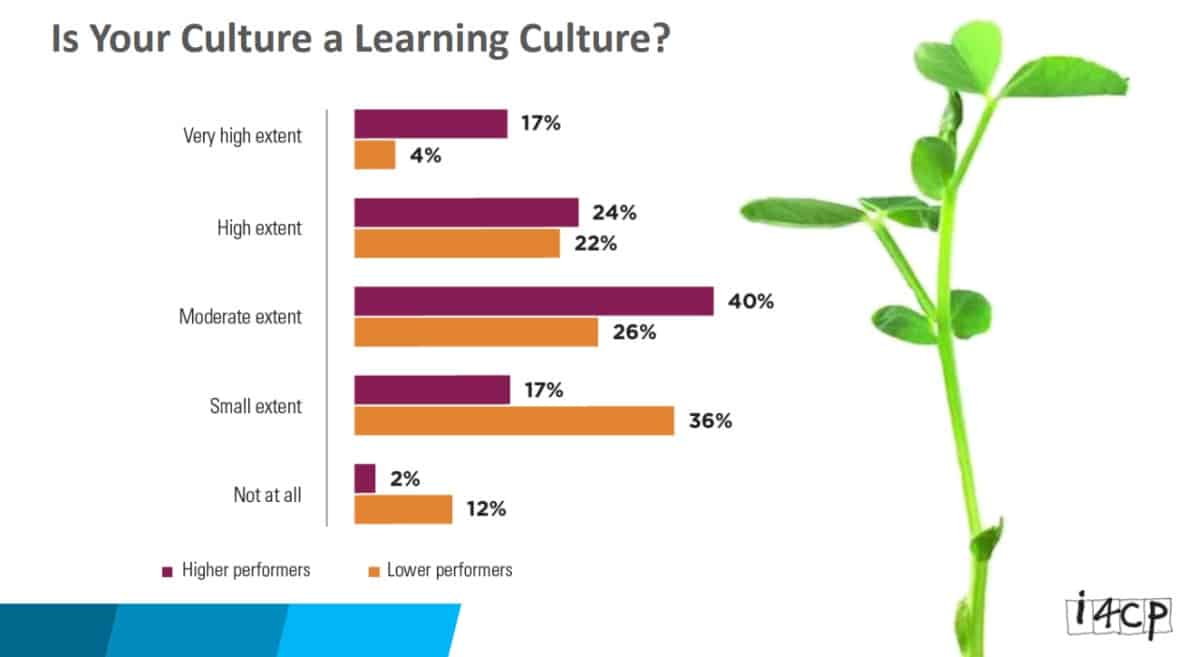Growing revenue, market share, profitability and customer satisfaction are the marks of a high-performing organization. But also add another trait—a healthy culture.
In fact, high-performing companies are nearly six times more likely to have fit cultures compared to low-performing organizations, said Kevin Oakes, co-founder and CEO of research firm i4cp, during a keynote last week at HRE’s Elevate People, Ignite Change (EPIC) Conference in Las Vegas. However, according to i4cp’s research, which included more than 7,000 business professionals across the globe, only 15% of employers are highly successful in transforming their culture.
“Culture is the common theme for success,” says Oakes.

That’s because successful cultures have hidden superstars within the organization who can excite and ignite employees, compared to those with toxic cultures, where leaders can “suck the life” out of employees, Oakes says.
Any one of these toxic culture traits—bureaucratic, non-inclusive, disrespectful, chaotic, complacent, cut-throat, hierarchical, insensitive and conflict-avoidant—can drag down culture health by 15%-22%, according to i4cp’s research. In short, toxic cultures can impair productivity.
On the flip side, a healthy culture yields high employee engagement, sentiment and Net Promoter Scores; employee referrals; collaboration; high rates of internal transfers and re-hires; EAP usage and high rates of employee wellness.
3 steps to build a healthy culture
With more than half of the global workforce working remotely during part or all of the week, building and maintaining culture is top of mind for employers—and with good reason. Only two in 10 employees feel strongly connected to their company’s culture, according to a 2023 Gallup-Workhuman survey of more than 1,000 U.S. employees.
In order to build a healthy culture, Oakes says, HR leaders should concentrate on three steps.
Planning
Developing and deploying a comprehensive listening strategy is an essential key to planning a healthier culture, alongside with measuring outcomes, he says.
“It’s important to measure what is working and what is not working,” says Oakes.
For example, organizations with a highly fit culture are 18 times more likely to hold leaders accountable for employee outcomes like retention and development. Keeping leaders accountable is among the handful of habits employers engage in to develop an exceptionally healthy culture, Oakes notes.
Building
In the building stage, leaders should paint a vision for the future as well as provide training on the desired behaviors they think can strengthen a healthy culture, according to Oakes.
For example, organizations that provide employees—from frontline leaders to senior executives—with training on behaviors that embody the desired culture are 5.5-7.5 times more likely to become a high-performing company than an underperforming one, according to i4cp research.

Sharing knowledge is one of the behaviors common in a healthy culture, Oakes notes.
“Most CEOs want their company to be agile, and you’re the most agile when you get your employee base to freely share knowledge,” Oakes says. “There are some individuals, however, who rarely share knowledge because it makes them more powerful individually. They usually work for very bureaucratic organizations that are slow-moving and not high-performing.”
Maintaining
To maintain a healthy culture for the long term, leaders need to invest in strategic change-management practices, Oakes says.
“It’s always interesting to me how receptive an organization’s workforce is to change,” says Oakes. “I love it when companies view change as a normal part of business or, even more importantly, as an opportunity.”
In particular, when a company finds the segment of the industry it operates in is changing, that’s an opportunity to jump in and adapt, says Oakes, adding organizations that react this way tend to be high-performing.
“Companies with cultures that resist change, or don’t like change overall, tend to look at change as threatening or wearing them down,” Oakes says. “These tend to be low-performing companies.”
The post Why a healthy culture strategy can boost employer performance 6x appeared first on HR Executive.